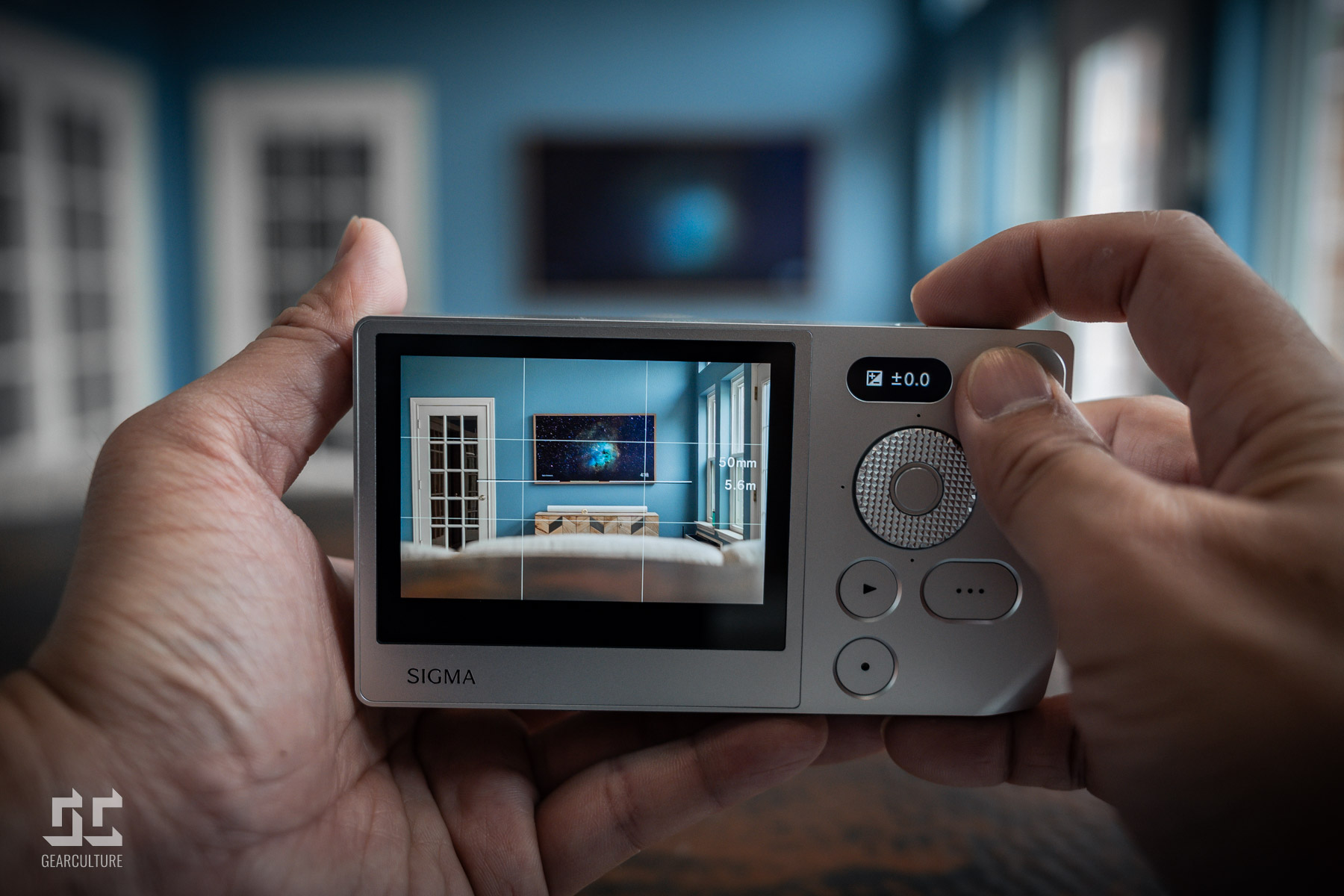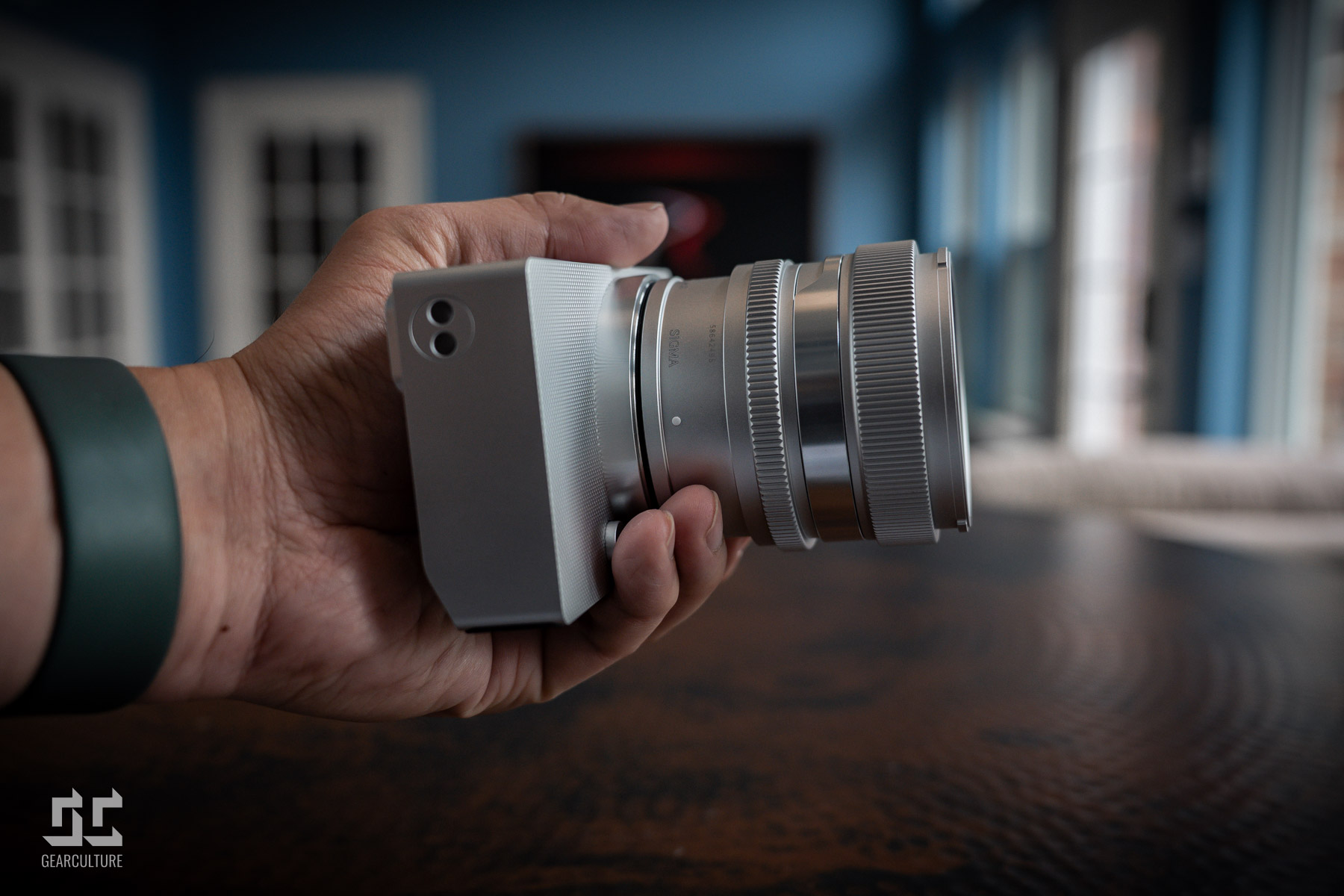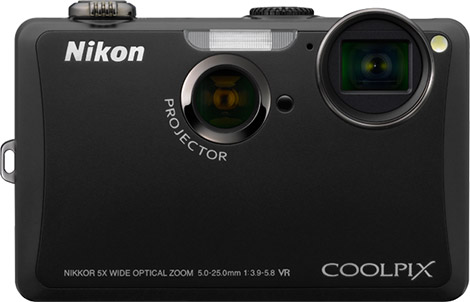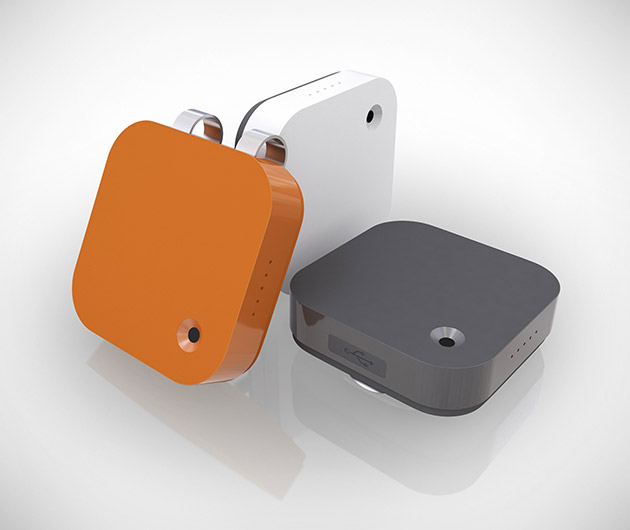Hands-On With the Sigma BF Camera: Aluminum in Your Hands, Obsession in Your Head

The Sigma BF arrived at my doorstep yesterday morning, and I’ve barely put it down since. In my years covering consumer tech and photography gear, I’ve handled my fair share of impressive cameras, but this one stopped me in my tracks. Let me be crystal clear: this is hands down the most gorgeous and best-feeling camera I’ve ever laid my hands on. Period.

First impressions matter with photography equipment, and the BF makes a statement before you even press the shutter. Its trapezoidal form challenges every conventional notion of what cameras should look like. Where most manufacturers play it safe with predictable curves and ergonomic bumps, Sigma has embraced bold geometric precision. The BF looks like it was designed by architects rather than consumer electronics engineers. Its clean lines and stark profile create a visual statement that product photos simply cannot capture.
Machined From Solid Aluminum – and It Shows
The construction method sets the BF apart immediately. Each camera body begins as a solid block of aluminum that undergoes seven hours of precision machining. This isn’t assembly-line production—it’s mechanical artistry. Sigma can only produce nine units daily because of this intensive process. When you first pick it up, this manufacturing approach becomes immediately apparent through visual and tactile cues.

Running my fingers across the BF’s surfaces reveals the genius of this unibody approach. There are no seams, no panel gaps, no compromises. The transitions between different faces of the camera body flow with remarkable precision. The textured pattern machined into the grip area provides perfect friction without the artificial feel of rubber-coated grips found on most cameras. It won’t collect pocket lint or degrade over time. This is a thoughtful design that considers aesthetics and practical use simultaneously.
What surprised me most was discovering how comfortable this angular design feels in actual shooting situations. Despite its geometric appearance, the BF sits remarkably well in the hand. Strategic palm and thumb rests have been positioned exactly where they need to be. The weight distribution creates a balanced experience even with larger lenses mounted. My initial concerns about ergonomics disappeared within minutes of shooting.

A Material Experience Unlike Other Cameras
The silver version I received is absolutely stunning. It catches light in a way that transforms the camera’s appearance throughout the day. In bright sunlight, it has an almost luminous quality that highlights the precision of the machining process. Under indoor lighting, the subtle variations in the surface become apparent, revealing the meticulous attention to detail in the manufacturing. The material connection is distinctive—cool to the touch initially, it quickly warms to body temperature, creating an almost organic bond between photographer and tool.
After several hours of shooting, I noticed how efficiently the aluminum body dissipates heat, remaining comfortably cool even during extended use. This thermal characteristic creates a reassuring sense of solidity rarely found in modern electronic devices. The camera feels substantial without being heavy, striking a perfect balance between stability and portability.
Radical Simplicity in Controls
The control scheme of the BF represents a bold departure from convention. Sigma has stripped away virtually everything that might distract from pure photography. Five buttons. That’s it. Power, shutter release, settings, playback, and a center button on the navigation dial. No mode dial. No dedicated ISO button. No customizable function keys. This radical simplification initially feels limiting, but it’s actually liberating.

The buttons themselves utilize pressure-sensitive haptic technology, providing feedback similar to mechanical switches but with minimal moving parts. The tactile response is excellent—definitive without being stiff, precise without requiring excessive force. The shutter button in particular offers the perfect resistance: a clearly defined half-press for focus acquisition and a satisfying click when fully depressed.
Button placement follows a thoughtful logic that becomes intuitive quickly. The power button sits where your right thumb naturally rests when not actively shooting. The settings button falls precisely under your thumb when gripping the camera normally. This arrangement creates an experience that feels natural, despite being unlike conventional camera layouts.
An Interface That Prioritizes Photography
The rear screen serves as a viewfinder and control center, with Sigma taking a minimalist approach to information display. During composition, the screen shows only essential shooting data, creating an immersive experience where your subject remains the focus of attention rather than camera settings.

A small status display at the upper right corner indicates which setting is currently active—a clever solution that maintains the camera’s clean aesthetic while providing necessary feedback. This subtle touch exemplifies Sigma’s thoughtful approach to user experience, providing just enough information without overwhelming you with unnecessary data.

The absence of a traditional mode dial initially feels disorienting, but quickly becomes second nature. The BF provides direct access to five key elements: shutter speed, aperture, ISO, exposure compensation, and color mode. This streamlined approach eliminates the cognitive overhead of remembering which mode does what, replacing it with direct control over the fundamental parameters of photography.
The Physical Presence in Actual Use

The BF’s physical presence during shooting sessions impresses immediately. The camera has a substantial weight (approximately 650 grams with battery) that communicates quality without becoming burdensome. It strikes an ideal balance—heavy enough to stabilize handheld shots but light enough for comfortable carrying. The camera’s center of gravity has been carefully engineered, creating a balanced feel whether shooting in landscape or portrait orientation.

When paired with Sigma’s 50mm DG 1:2 lens, the system achieves a harmony of design rarely seen in digital photography. The silver finish of the camera body complements the lens perfectly, creating a cohesive aesthetic package that looks as good as it performs. The physical turning of the aperture ring on the lens is so therapeutic—each click offers just the right amount of resistance and tactile feedback. This mechanical interaction feels increasingly rare in our digital age, providing a genuine connection to the photographic process that touchscreens and electronic dials simply cannot match. The tripod mount is positioned directly in line with the optical axis—a detail that photographers who shoot panoramas or use longer lenses will particularly appreciate.

During my shooting sessions, I experienced none of the hand fatigue often associated with angular designs. The camera seems to disappear in your hands, becoming an extension of your creative vision rather than an object you must consciously manage. This transparent quality separates good design from great design—when the tool recedes and only the creative process remains.
Beautiful Limitations and a New Benchmark
No camera is perfect, and the BF has clear limitations. There’s no electronic viewfinder, which some photographers will consider essential. The camera lacks in-body image stabilization. The fixed rear screen offers no articulation for shooting at high or low angles. There’s no mechanical shutter, only electronic. The camera relies entirely on internal storage (230GB) with no memory card slot. Yet these omissions feel less like oversights and more like deliberate choices in service of a singular vision. The BF isn’t trying to compete on specifications or feature lists. It’s offering something different: a refined experience for photographers who value simplicity, quality, and tactile satisfaction above technical versatility.

After my brief but intense time with the Sigma BF, I’m genuinely impressed by what Sigma has accomplished. This is, hands down, the most beautiful camera I’ve used, not just visually, but in the complete sensory experience it provides. In an era where manufacturers compete to stuff more features into increasingly complicated bodies, Sigma has created something that competes on feel, on presence, on the fundamental joy of holding a perfectly crafted object. The BF represents a bold reimagining of what a digital camera can be in 2025. By stripping away unnecessary complexity and focusing on fundamental quality, Sigma has created something revolutionary, timeless, and utterly distinctive. The unibody aluminum construction establishes a new benchmark for camera manufacturing, while the minimalist control scheme forces a welcome return to photographic fundamentals.
For photographers who appreciate these qualities, the BF isn’t merely a new camera—it’s a new standard against which others will be measured. And for me personally? I’m already dreading having to send this review unit back. That’s perhaps the highest praise I can offer any piece of gear that crosses my desk.












